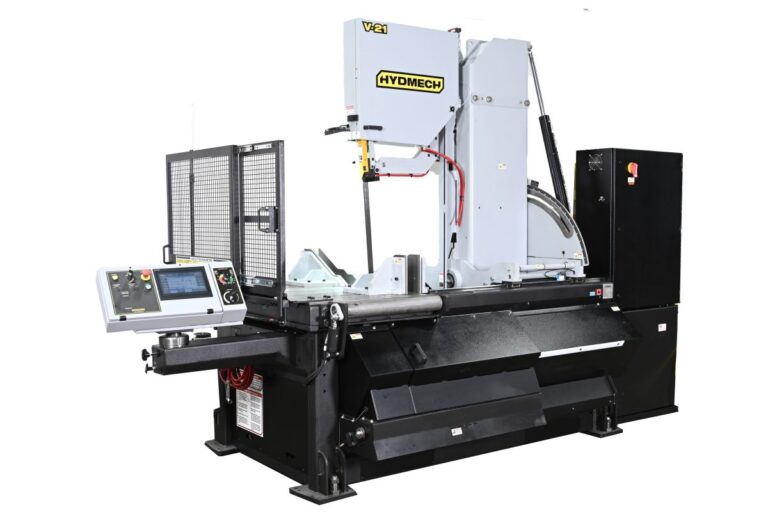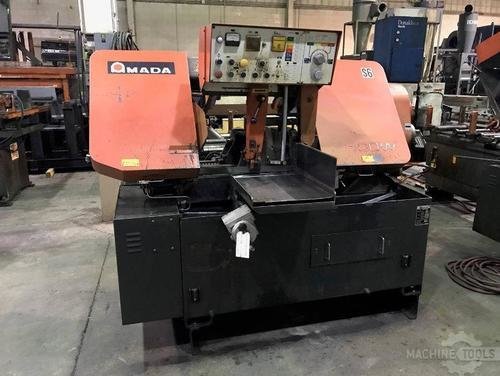Ermaksan Press Brakes for Lighting Poles: Section 179 Year-End Strategy
As President of Mac-Tech, I help contractors and fabricators turn capital decisions into production results. Lighting pole production is growing with infrastructure and utility upgrades, but margins hinge on precision, throughput, and uptime. The right heavy-tonnage press brakes, paired with a Section 179 year-end plan, can turn tax savings into capacity and cash flow. I wrote this to share how we guide clients to hit delivery dates, reduce cost per pole, and strengthen next-year budgets with confidence. Reach me anytime at joe@mac-tech.com or 414-477-8772.
Year-End Section 179 Acceleration: Turn Tax Savings into Lighting Pole Capacity
Section 179 allows many businesses to expense the purchase price of qualifying equipment that is bought and placed in service by year end, subject to annual limits and taxable income. Bonus depreciation may apply on top of Section 179 for additional first-year expensing. The practical takeaway is simple. If your lighting pole demand is rising, an in-service Ermaksan brake before December 31 can convert tax savings into bending capacity that starts paying back immediately. Consult your tax advisor for exact limits and eligibility.
We align procurement, shipping, installation, and training to meet placement-in-service deadlines without risking quality. If you need to pre-approve foundations, electrical, or rigging, we drive that timeline. Financing options include fixed-rate equipment loans, $1 buyout leases, or FMV leases to optimize your balance sheet. Structured payments can match seasonal cash flow or project milestones so the equipment contributes to revenue during the same period you realize the deduction.
Why Ermaksan for Poles: Tandem Long-Bed Accuracy, Angle Control, Faster Changeovers
Lighting poles are long, conical or polygonal, and unforgiving on angular drift. Ermaksan press brakes are engineered for high-tonnage, long-bed work. Tandem configurations synchronize two CNC brakes into one working envelope to bend long sections with consistent accuracy. Robust frames, CNC crowning, and multi-axis backgauges help hold angles across the full length. For critical geometry and springback control, laser-based angle measurement and automatic angle correction can be specified to keep bends within tight tolerances part after part.
Changeover speed matters when your job mix includes different pole profiles, base plates, and brackets. Hydraulic clamping for European or American style tooling reduces setup time. Segmented punches and dies let operators reconfigure stations rapidly. Sheet followers and front supports reduce operator fatigue and protect the workpiece during long bends. The controller options commonly include Delem or Cybelec, with touch-screen programming, 2D and 3D part views, and offline programming compatibility. These features translate into fewer re-bends, shorter takt time, and lower rework.
ERMAKSAN POWER-BEND FALCON BENDING MACHING
ERMAKSAN SPEED BEND PRO
ROI You Can Defend to the Board: CapEx, Cash Flow, and Cost per Pole Payback
Board-level justification for a high-tonnage brake comes down to throughput, yield, and labor efficiency. We build a model with you that includes per-shift pole output, setup time, scrap and re-bend rates, tooling life, and planned labor. When we overlay Section 179 and financing, you see cash flow effects month by month. In many cases, the tax savings and added throughput offset a large share of first-year payments. The remaining payback is driven by unit cost reductions and faster project invoicing.
We also model resilience. A tandem brake adds redundancy because each unit can run independently for shorter parts while the tandem handles long poles. That protects delivery schedules if one cell is down for maintenance. When your cost per pole drops and your schedule reliability climbs, you win more bids without racing to the bottom on price. That is the most defensible ROI you can present to your leadership.
Automation and Data Advantage: Offline Bending, Robot Integration, MES Connectivity
Ermaksan controllers support offline programming, which lets your engineers generate bend sequences, tool setups, and collision checks without tying up the machine. Operators load the validated program, and the brake guides the process with on-screen prompts and auto-crowning. Laser angle systems can feed back actual bend data to the CNC for in-cycle correction, which is crucial on tapered or multi-segment pole designs.
For higher volumes, we can integrate robots or manipulators with rail-mounted part handling to manage long, heavy sections. Sheet followers synchronize with the ram to maintain line-of-bend support. Safety systems and light curtains are configured to meet your EHS requirements. On the data side, connectivity options enable job tracking, part history, and maintenance monitoring. We can interface with your MES or ERP through standard industrial protocols, giving you traceability and real-time OEE to support continuous improvement.
From Spec to First Light: Mac-Tech Installation, Tooling, Training, and Lifecycle Support
Our process starts with a discovery call and bend tests on your pole materials. We translate your drawings into bend simulations, recommend tonnage, bed length or tandem configuration, and specify the right mix of punches, dies, and supports. We also confirm floor loading, electrical service, and crane access to eliminate surprises. If you need a phased approach, we stage the investment so capacity comes online in line with booked projects.
During installation, our team manages rigging, leveling, CNC setup, and test parts. We train operators, programmers, and maintenance staff. You get a documented standard work package, verified bend programs, and a spare-parts plan. After go-live, we provide preventive maintenance, remote support, and emergency response. When your pole product line evolves, we help you update tooling and programs so your brake continues to deliver as your business grows.
FAQs
What market trends are driving lighting pole investments now?
- Italicized answer: Grid modernization, municipal upgrades, and EV infrastructure are increasing demand for new poles and replacements. Lead time reliability is a competitive differentiator, which favors in-house bending capacity.
How should I think about Section 179 versus bonus depreciation?
- Italicized answer: Section 179 can allow immediate expensing for qualifying equipment placed in service by year end, up to annual limits. Bonus depreciation may allow additional first-year expensing. The best mix depends on your taxable income and forward-looking tax plan. Always confirm details with your tax advisor.
Can I finance and still use Section 179?
- Italicized answer: Yes, many leases and loans qualify as purchases for tax purposes. The key is documentation and placing the machine in service before year end. We coordinate with your lender and CPA to keep the timeline clean.
What integration steps are required for offline programming and MES connectivity?
- Italicized answer: We validate controller versions, enable required licenses, and map data tags for job, batch, and quality fields. Then we connect through your secure network using approved industrial protocols and test data flow with your IT team.
How do I estimate automation ROI for long poles?
- Italicized answer: Compare manual handling time, crew size, and re-bend rates against a scenario with synchronized followers or a robotic manipulator. Include reduced ergonomic risk and scrap avoidance. We provide a sensitivity analysis so you see payback under conservative and aggressive throughput assumptions.
What about tooling standards and future flexibility?
- Italicized answer: Ermaksan supports European or American style tooling with hydraulic clamping for fast changeovers. We design a tooling kit that fits current poles and leaves room for future diameters and wall thicknesses without reinventing the setup.
- How fast can Mac-Tech deliver and install before year end?
- Italicized answer: Lead time depends on configuration and factory schedules. If year-end placement is critical, we lock the production slot, arrange logistics early, and pre-stage site work so commissioning and training run on time.
I am ready to review your drawings, schedule a virtual walk-through of your shop, and build a plan that turns this year’s tax window into next year’s lighting pole capacity. Email me at joe@mac-tech.com or call 414-477-8772.
Get Weekly Mac-Tech News & Updates







